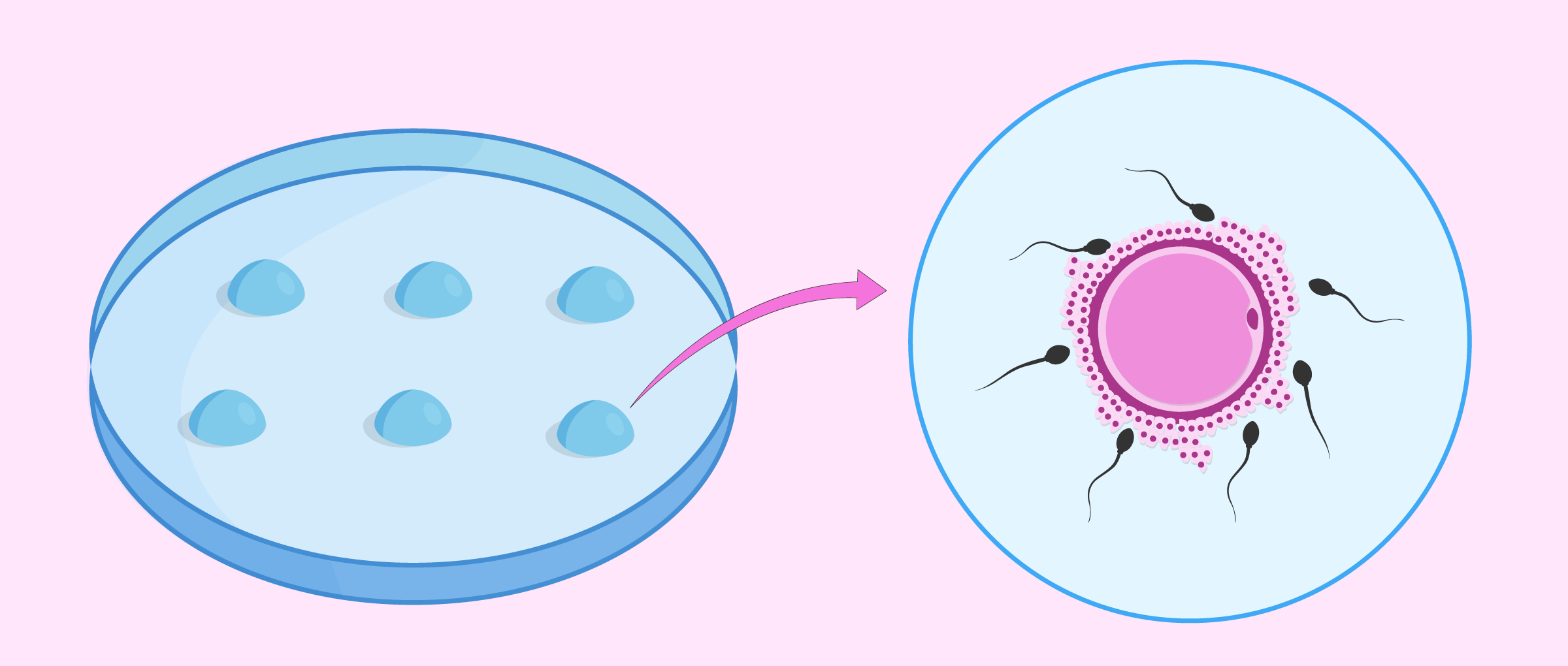Conventional in vitro fertilization (IVF) is an assisted reproduction technique. To perform a classical IVF, the embryologist places one egg and thousands of spermatozoa in each of the drops of culture medium. In this way, it is favored that one of the sperm is able to penetrate the egg and allow fertilization.
It should be noted that, in conventional IVF, the spermatozoa must have vitality and movement, since they must find the egg and penetrate the zona pellucida by themselves.
Read the full article on: IVF or ICSI: What is the difference? Which is better? ( 27).
By Andrea Rodrigo B.Sc., M.Sc. (embryologist), Inmaculada Díez M. D. (gynecologist), Mark P. Trolice M.D., F.A.C.O.G., F.A.C.S., F.A.C.E. (reproductive endocrinologist), Sergio Rogel Cayetano M.D. (gynecologist), Silvia Azaña Gutiérrez B.Sc., M.Sc. (embryologist) and Cristina Algarra Goosman B.Sc., M.Sc. (psychologist).
Last Update: 07/19/2024
